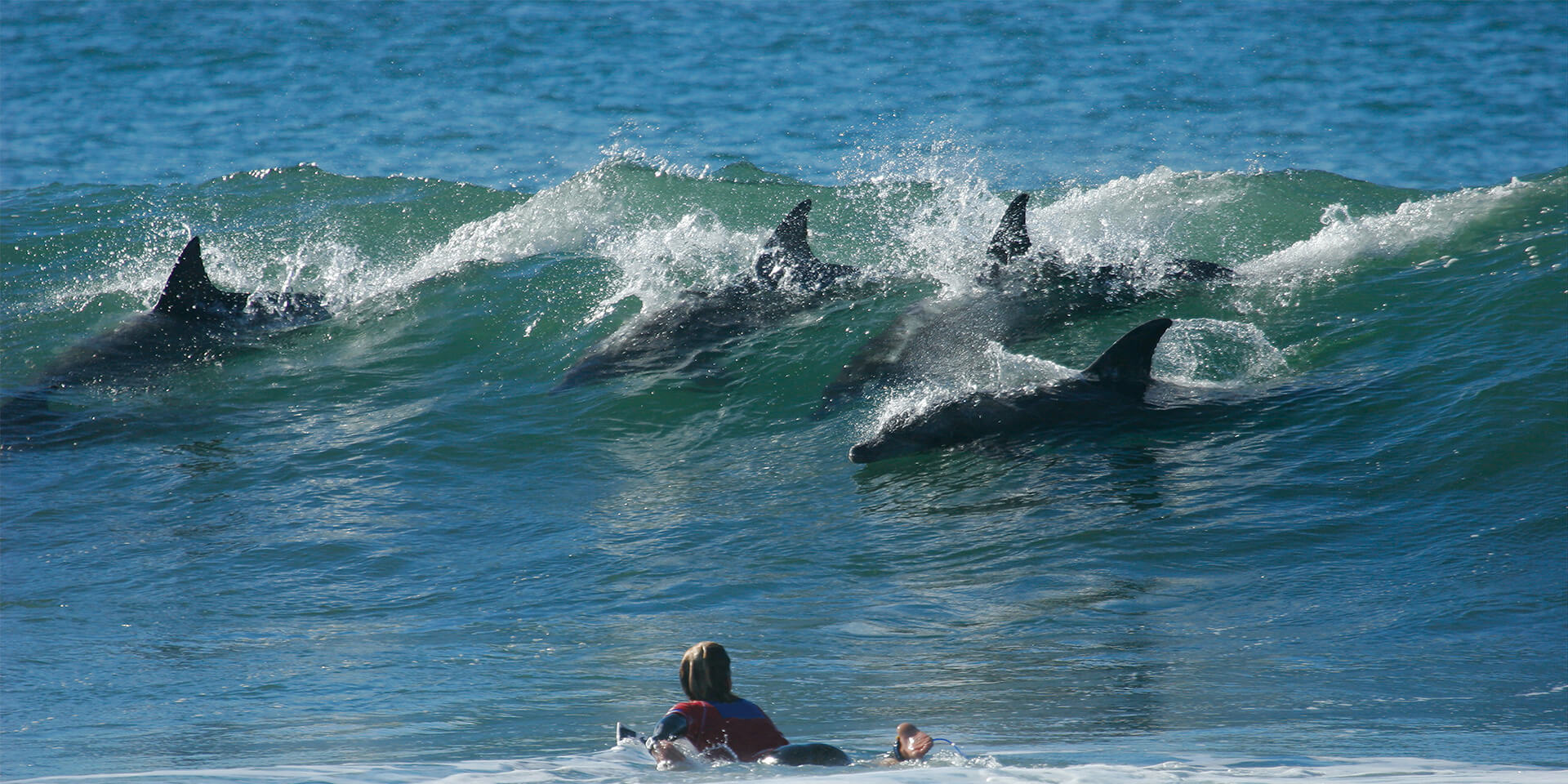Sixteen years later: an updated evaluation of the impacts of chronic human interactions with bottle nose dolphins (Tursiops truncatus) at Panama City, Florida, USA
Engleby, L., Powell, J., and Spradlin, T.
National Marine Fisheries Service Southeast Regional Office
Consolidate and complete a thorough review of newly available scientific literature (post Samuels et al. 2000) focused on human interactions with marine mammals worldwide. Determine the status and changes related to dolphin-human interactions over a 15 year time period in Panama City, Florida by replicating and comparing results to Samuels and Bejder (1998 and 2000). See link to project report and link to publication.
